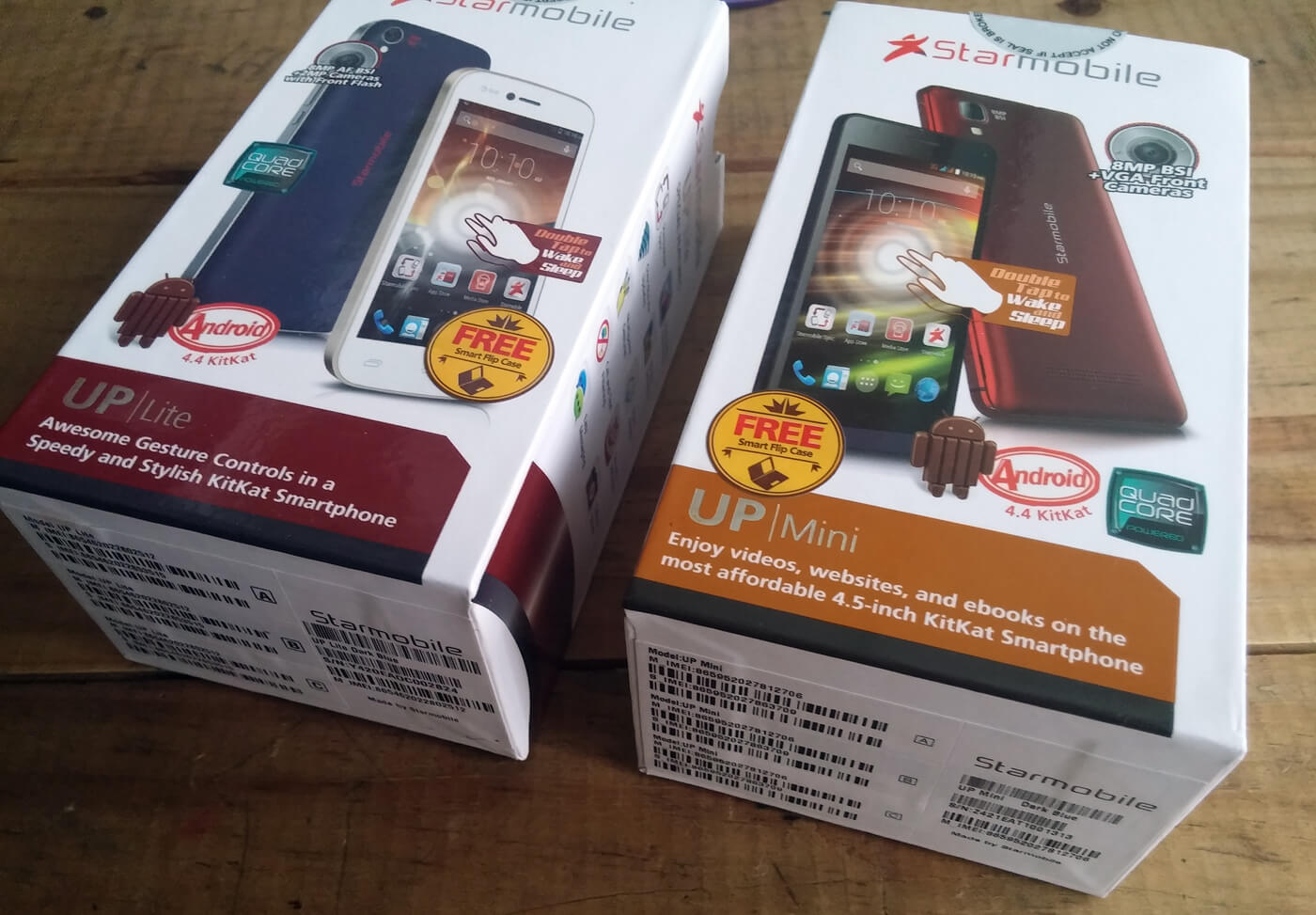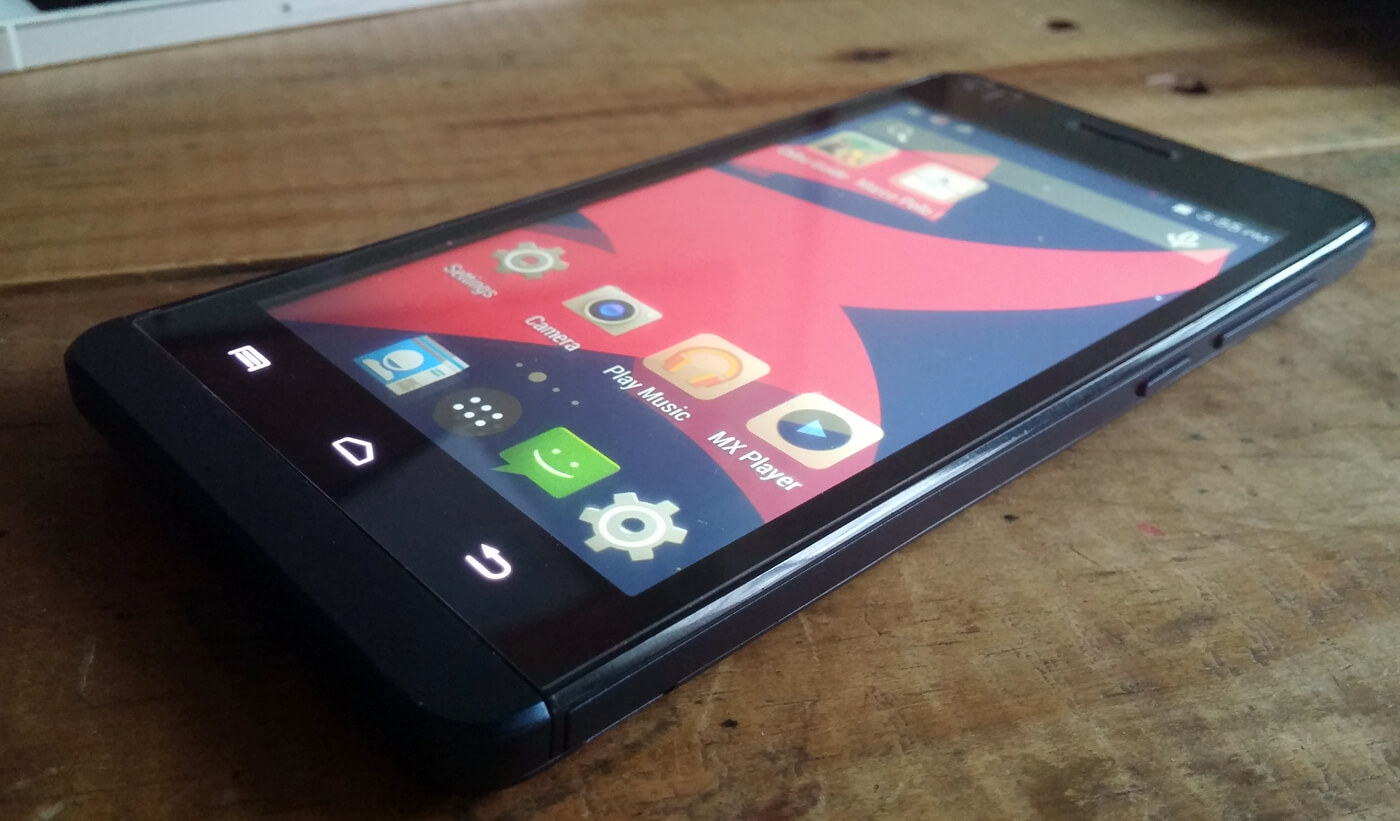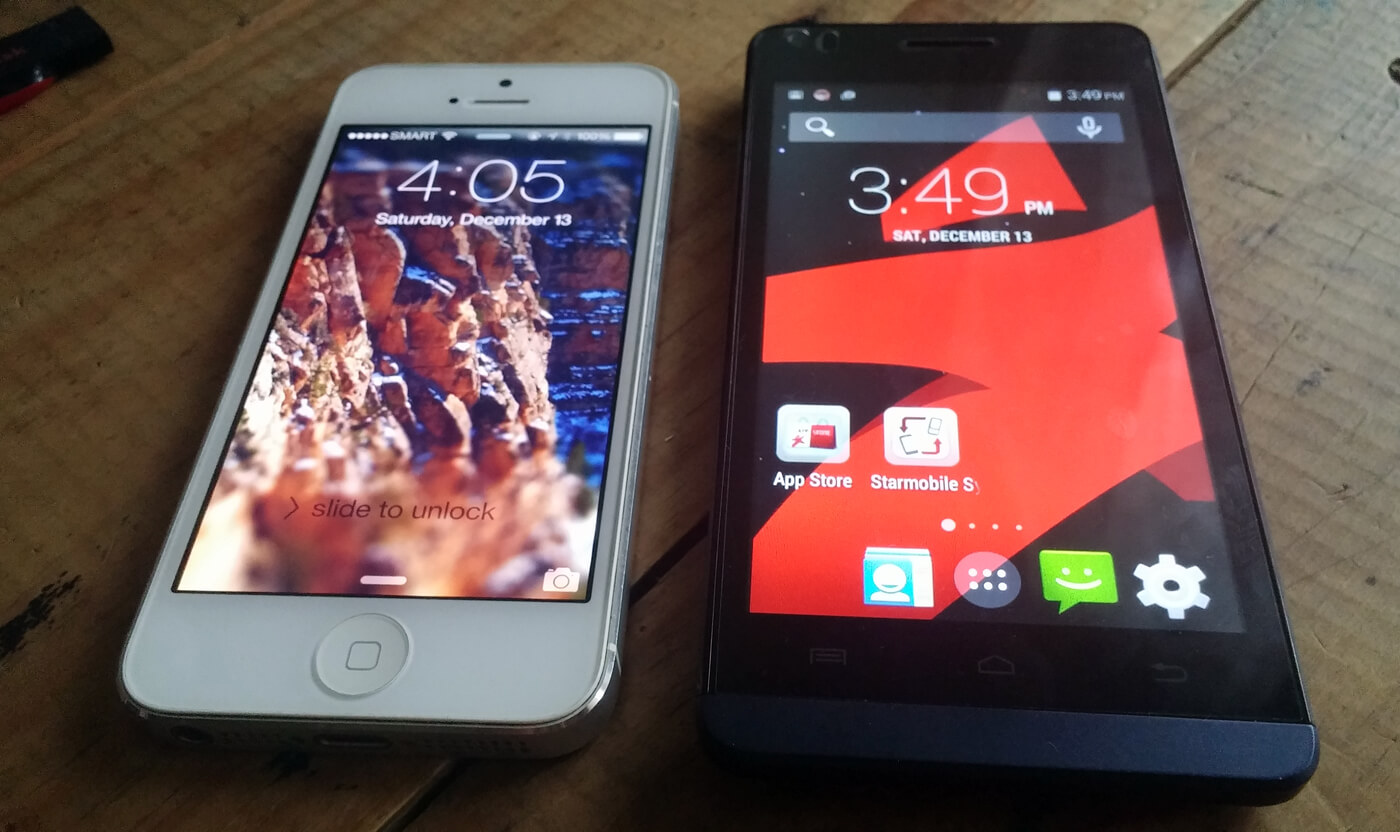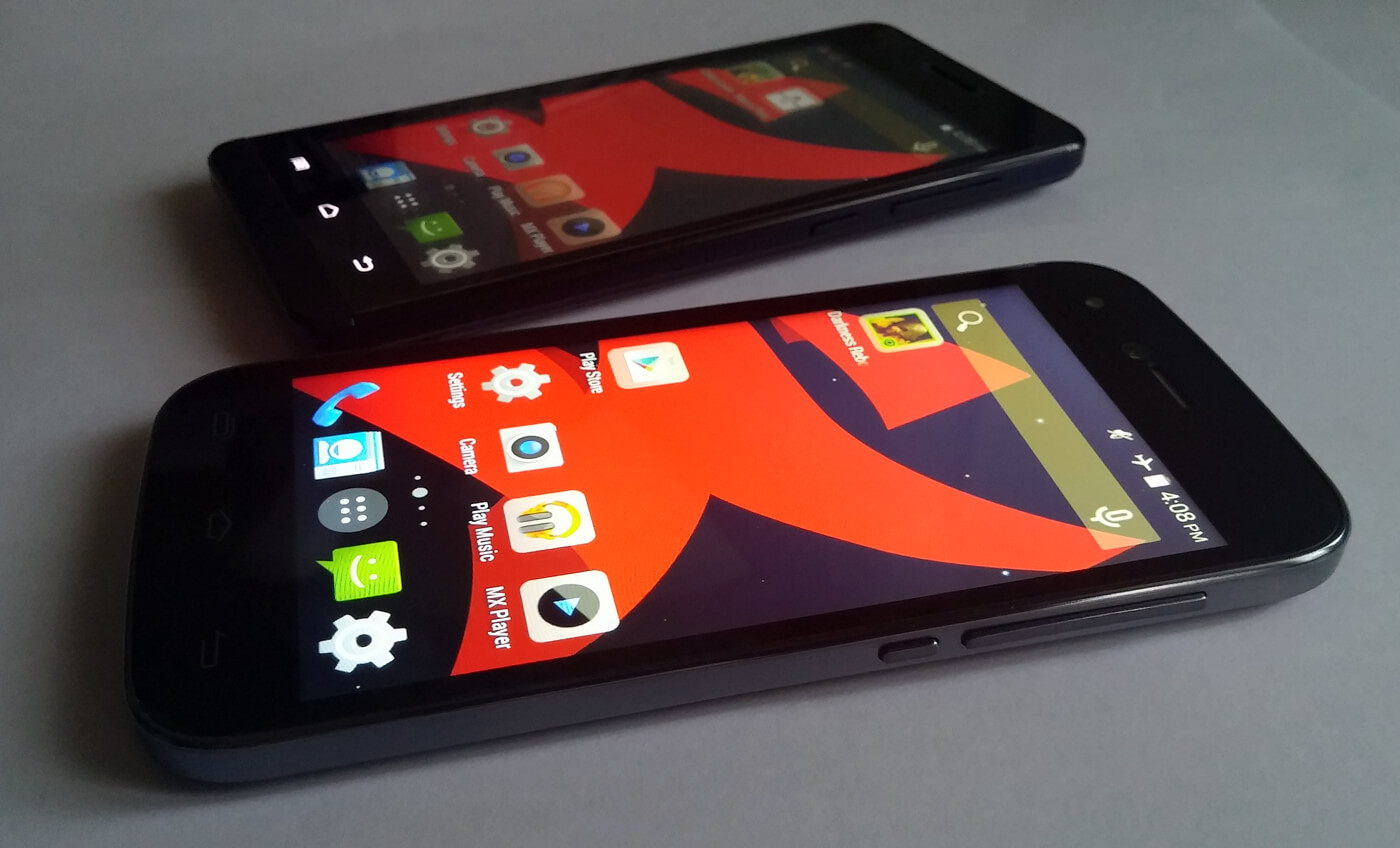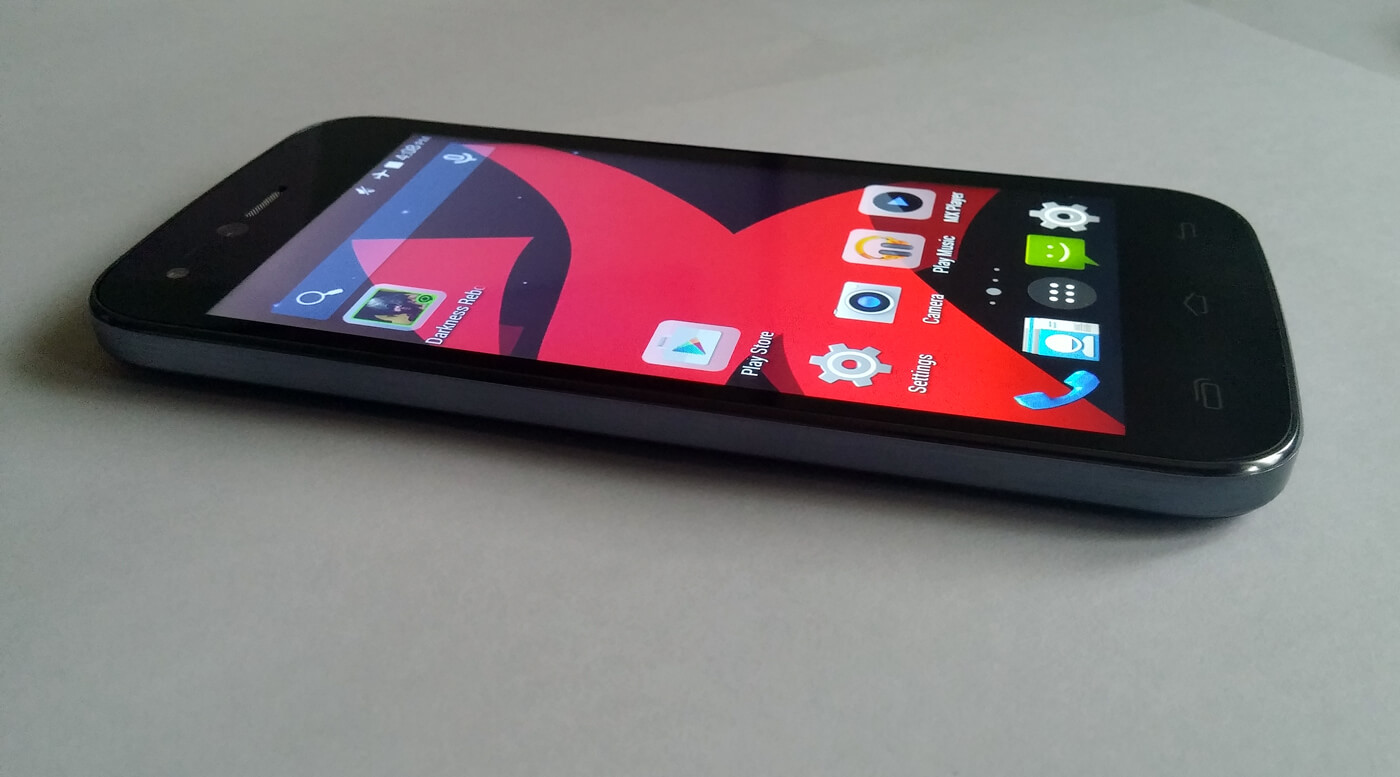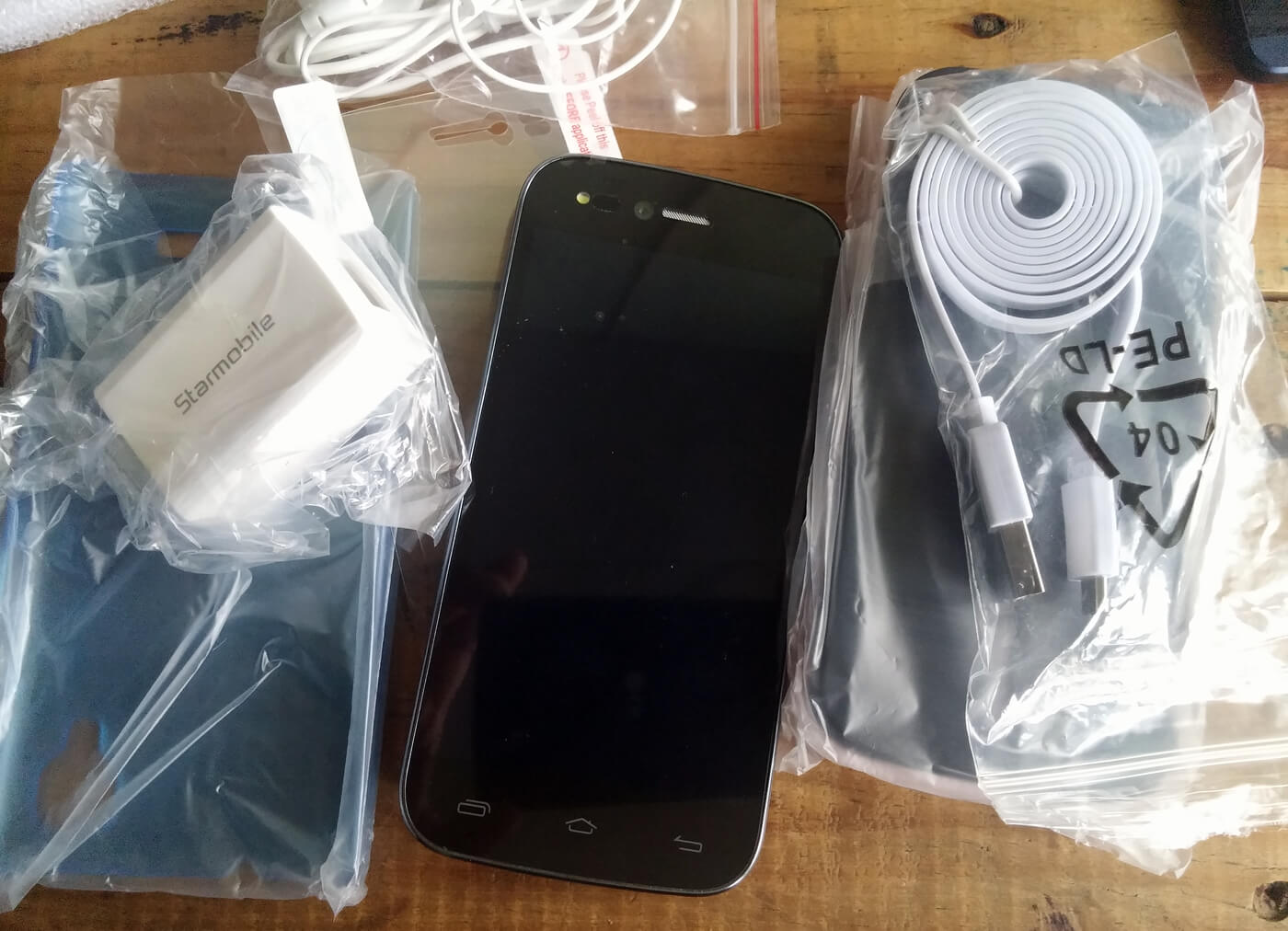During the regional launch of the Sony A7 Mark II, dealers and members of the media from Southeast Asia region were given some time to be acquainted with the new compact full frame camera. So we took this opportunity to share with you our initial impression of the Sony A7 Mark II.

Design and Construction
Design-wise, the Sony A7 Mark II feels very similar to its siblings under the Alpha 7 lineup. Despite of its compact body, the camera has a reassuring heft to it and feels very good in the hands.
This attributed to the cameras magnesium alloy frame (top plate, front panel and interior) which is nicely complemented by a nice textured metal finish with rubberized padding on the grip and small portion of the back panel for a more comfortable grip of the camera.
The size difference between the A7 MK II and the A7’s that came before it isn’t that evident at first glance. In fact, it’s only when we picked it up that we felt that it was slightly more robust and heavier than the previous models.
Another thing that we noticed was its redesigned grip. Instead of a flat half-circle design, Sony went for a slightly elongated grip, allowing for a deeper and a more comfortable grip. The top portion of the grip where the front dial previously sits was replaced by the shutter release button with the power switch around it which made it a little less strenuous to reach the button using the index finger.
The front dial was repositioned to the front part of the grip, just below shutter release button which makes it easier to adjust settings on the fly.
Apart from the addition of an extra C-button at the top panel, the buttons and button layout was pretty much the same as the previous models. The same can be said for keys on the back, although the Menu and the C3 now rest on the camera’s back panel instead of the rear portion of the top panel.
The battery compartment is still located at the underside of the camera and is neighbored by the SD card slot tucked underneath a door on the right. On the other side, we find usual set of ports for audio, USB and HDMI that hidden from plain sight by two covers/flaps.
Controls and Ergonomics
Although the changes that Sony made on the A7 MkII’s design are subtle at best, it’s certainly a welcome one. The company already have a good thing going with the previous builds, all that’s left for them to do on their new model is refine some of the section to make it more ergonomic.
We’re glad to report that, by and large, Sony did a great job in refining the design of the Sony A7 Mark II. It’s not exactly what you’ll consider as leaps and bounds, but we really feel that Sony didn’t have to do a lot on this camera since they were already off to great start on the previous releases.
The only gripe that we have on the camera, as far as control is concerned, was its super-sensitive eye sensor which automatically turns off the display and switches to the electronic viewfinder (EVF) and vice versa.
The problem is that it’s so sensitive that it detects objects, which in our case our body, from a distance of 6 inches (rough estimate). This made it difficult for us to do hip-level composition with the display flipped upwards as the sensor detects our body and switches to EVF mode.
This issue was present on the previous iterations of the camera, and we were hoping that Sony would’ve fixed it with this model. Other than that though, it was a joy using the Sony A7 Mark II for brief period of time.
5-Axis SteadyShot
As we mentioned on this post, Sony was keen to point out that the X-factor of the Sony A7 Mark II lies in the technology called 5-Axis SteadyShot which, in a nutshell, reduces the blur caused by shaky hands more effectively than your typical image stabilization.
As you can see on the illustration above, the SteadShot technology inside the Sony Alpha 7 MKII compensates for any movement that falls under Yaw, Pitch, up and/or down movements and roll, on the camera during composition.
In theory, the 5-axis SteadyShot should allow us to use a slower shutter speed, 4.5 steps slower to be exact, during shooting. It’s a bold claim to say the least, one that we are eager to test the moment we got the opportunity.
Here are some of the unprocessed photos that we’ve taken in the streets of Singapore around 11PM.

(Click to enlarge) 1/13 | F/5 | ISO 200 @45mm

(Click to enlarge) 1/15 | f/5.6 | ISO 800 @70mm

(Click to enlarge) 1/6 | f/5 | ISO 640 @28mm
As you can probably tell by the settings on each of the three pictures above, we were shooting in a fairly dark environment. And if you clicked on these handheld images, you can see that despite of the slower shutter speed that we intentionally used, the pictures had less blur, if there’s any, than it normally would have had thanks to the camera’s 5-Axis SteadyShot.
Initial Verdict
Since the release of the Sony A7 and A7R a little more than a year ago, I have been drooling over those cameras because of the combination of its compact body and full-frame sensor. The same can be said for the new Sony A7 Mark II, and the addition of the 5-Axis SteadyShot to its arsenal just makes me want the camera more.
We also admire the subtle changes that Sony has made on the camera’s design. It’s not a huge upgrade, but sometimes the little things go a long way. Hopefully we get a sample unit so we can do a full review of this amazing full frame camera.
The post Sony A7 Mark II Hands-on appeared first on YugaTech | Philippines, Tech News & Reviews.






